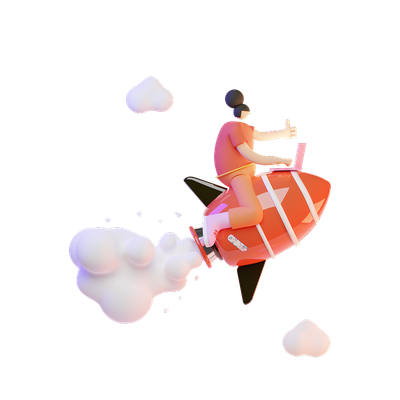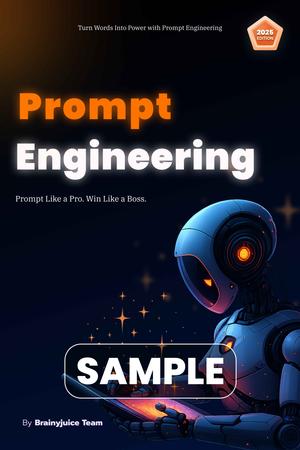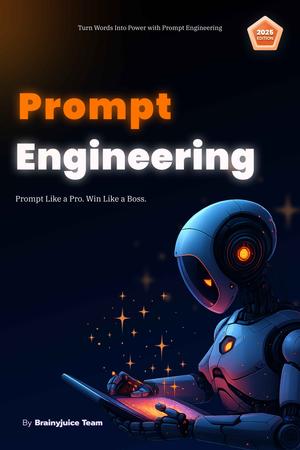
When AI paints like Van Gogh, writes poetry, or composes music, the natural question arises: Is this real creativity or just mimicry?
The rise of generative AI tools like GPT, MidJourney, DALL·E, and Sora has reignited the debate: can machines truly innovate, or are they limited to remixing human knowledge?
What Do We Mean by Creativity?
Creativity isn’t just producing something new. It’s about producing something novel, valuable, and contextually relevant.
-
Human creativity blends intuition, emotion, lived experiences, and imagination.
-
AI creativity is statistical; it predicts the next word, pixel, or note based on patterns in data.
This difference matters, but the line is blurring.
The Strengths of AI Creativity
-
Scale: AI can generate thousands of ideas in seconds.
-
Exploration: It can combine concepts no human would naturally pair (e.g., "a Dyson sphere built from jellyfish colonies").
-
Assistance: Tools like Copilot or ChatGPT accelerate brainstorming, design, and coding.
For businesses, AI is less about “replacing” artists and more about augmenting the creative process.
The Limits of AI Creativity
-
No Intent: AI doesn’t want to create. It just executes.
-
Dependence on Data: It can only remix what exists; true originality is limited by its training set.
-
Lack of Human Experience: AI can describe heartbreak, but it doesn’t feel it.
This makes AI powerful for productivity, but questionable as a source of deep artistic meaning.
Where AI + Human Creativity Shine Together
The most exciting space is collaborative creativity:
-
Writers use AI for outlines, then refine tone and narrative.
-
Designers prototype concepts faster with MidJourney before iterating.
-
Musicians co-create beats with AI tools, but inject personal emotion.
This synergy is where breakthroughs happen.
The Big Question: Innovation or Imitation?
AI doesn’t have consciousness or intent. But innovation doesn’t always require it. History shows that even humans build on past work: Shakespeare remixed old stories, Picasso borrowed heavily from African art.
The difference? Humans inject purpose and emotion. AI injects speed and scale.
Maybe the future of creativity isn’t about humans vs. machines, but humans with machines.
AI can’t replace human imagination, but it’s already reshaping the creative landscape. Whether you see it as a tool, collaborator, or competitor, one thing is certain: creativity in the AI era will never be the same.






